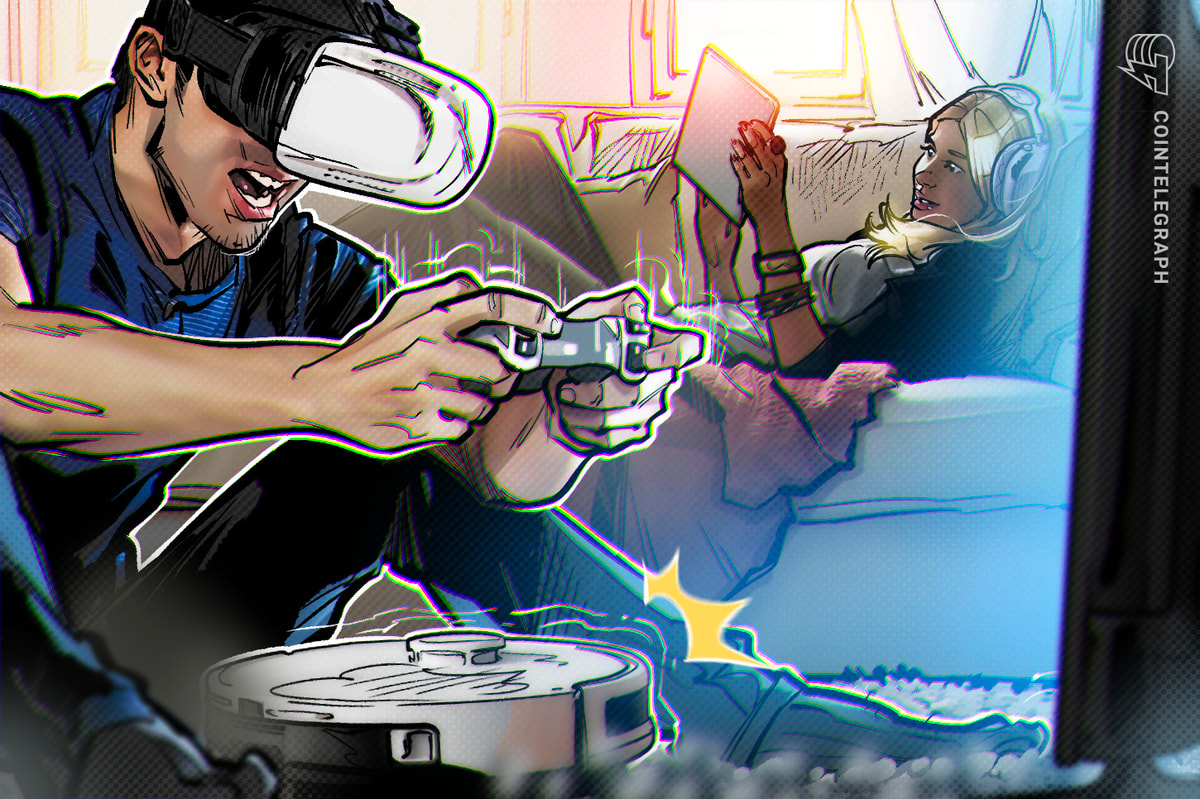From Futuristic Flops to Foundational Gadgets
Before they became household names, numerous now-essential technologies suffered humiliating defeats. From exorbitant pricing and poor performance to niche appeal, these early pioneers failed to capture the public imagination.
In the ’90s and early 2000s, innovation envisioned groundbreaking potential, but execution often lagged, leading to gadgets that were too early, too weird, too expensive or simply deficient.
Many promising inventions crumbled under consumer scrutiny. Here’s a look at those early clunkers and the modern marvels they directly inspired.
1. Electrolux Trilobite → Robot Vacuum
(2001): The world’s first consumer robotic vacuum featured ultrasonic sensors and automatic docking. However, its €1,600 price tag (over $1,850 today), poor edge cleaning performance, frequent navigation errors, and tendency to get stuck curtailed its impact.
Failure Factors:
- Inefficient edge cleaning
- Frequent navigation errors
- High cost
Now: Robot vacuums are sophisticated, affordable, and widely available. Models like the iRobot Roomba j7+ leverage AI and cameras to avoid obstacles and pet messes. Features like LiDAR mapping are now standard in models from Roborock and Eufy, with budget options available for under $300.
2. Sega Dreamcast Visual Memory Unit (VMU) → Smartwatch
(1998): The tiny screen accessory for the Dreamcast displayed in-game stats or allowed simple minigames. Despite its novelty, its short battery life, limited memory, lackluster functionality, and weak third-party support prevented it from becoming mainstream.
Failure Factors:
- Short battery life
- Limited functionality
- Weak third-party support
Now: Smartwatches offer a full suite of connected features. Devices like the Apple Watch Series 9 and Google Pixel Watch 2 provide fitness tracking, contactless payments, media control, and emergency features, integrating seamlessly with smartphones.
3. Sony AIBO → Home/Pet Robots
(1999): Sony’s robotic dog offered basic interactions with voice and simulated expressions, but its high price ($2,500), repetitive behaviors, and lack of real-world utility confined it to novelty status.
Failure Factors:
- High cost with limited practical function
- Shallow emotional interaction
- Lack of long-term repair support (ceased in 2006)
Now: The AIBO concept has matured significantly. Modern home robots offer distinct functionalities. Assistants like Amazon Astro and ElliQ support daily tasks and care for the elderly, while companion bots from Sony, Loona and Moflin offer advanced interaction including facial recognition and nuanced responses.
4. Nintendo Virtual Boy → VR Headset
(1995): Nintendo’s early 3D console used red-on-black displays, suffered from poor ergonomics, a limited 22-game library, caused eye strain, and folded within a year.
Failure Factors:
- Caused neck strain and discomfort
- Poor user experience (ergonomics, games)
- Induced nausea and negative health reports
Now: VR headsets deliver immersive experiences without health concerns. Models like the Meta Quest 3 and PS VR2 feature lightweight displays, full-color OLED screens, spatial tracking, and extensive content libraries usable for gaming, work, and fitness.
5. AT&T EO Personal Communicator → Smartphone
(1993): A trailblazer combining phone, fax, modem, email, and PDA functions, the EO was heavy (2 lbs), short-lived battery life, and priced prohibitively high ($3,000+), with low adoption.
Failure Factors:
- Excessive bulk for mobility
- Battery-hungry hardware
- Pricing far exceeding consumer readiness
Now: Today’s smartphones like the iPhone 16 Pro and Samsung Galaxy S25 miniaturize countless functions, offering high-resolution cameras, powerful processors, AI capabilities, and ubiquitous internet access, rendering early precursors like the EO obsolete.
6. Sharp Zaurus PDA → Raspberry Pi/NAS
(2005): The Sharp Zaurus SL-C3000, a pocket Linux PDA with stylus input, developer potential, and a full keyboard, failed to break into the mainstream due to high cost, connectivity issues, and software bugs, despite enthusiast praise.
Failure Factors:
- Niche appeal, too technical for wider adoption
- Unreliable software and Wi-Fi support
Now: The Zaurus legacy lives on via platforms like the Raspberry Pi, which offers incredible flexibility for projects ranging from media centers to DIY home servers (e.g., Unraid, TrueNAS) at low cost, bolstered by active communities.
7. Apple Newton → Tablet/Smartphone
(1993): As a handheld with stylus input and handwriting recognition, the Newton was revolutionary but failed due to notoriously poor handwriting recognition accuracy, despite its innovative features.
Failure Factors:
- Core handwriting recognition feature failed to deliver
- High cost and bulkiness for portability
- Short battery life and limited network capabilities
Now: Modern tablets are high-performance computing devices. Tablets from the iPad Pro and Samsung Galaxy Tab feature advanced styluses with pressure sensitivity, fast processors, long battery life, and seamless cloud integration, making Newton-era handwriting recognition seem archaic.
8. Sega Dreamcast VMU Chao Pets → Portable Gaming (Nintendo Switch/Steam Deck)
(1999): The VMU supported portable minigames but were simplistic and constrained by the need for the Dreamcast console and limited standalone use.
Failure Factors:
- Superficial gameplay depth
- Tethered to the console
- Minimal standalone features
Now: Portable gaming systems are powerful. The Nintendo Switch and Valve Steam Deck deliver AAA gaming experiences on the go, featuring high-resolution displays, dedicated controllers, and vast, diverse libraries. Cloud gaming services further expand the portable ecosystem.
9. Avant/DigiCash → Central Bank Digital Currencies (CBDCs)
(1993): Early attempts like DigiCash promised anonymity, while Finland’s Avant was a stored-value smartcard, but both lacked traction due to low demand, poor infrastructure, regulatory hurdles, and unsustainable business models.
Failure Factors:
- Lack of merchant integration
- Scalability and usability issues
- Unsustainable models
Now: CBDCs are actively developed globally. As of 2025, over 100 countries, representing nearly all global GDP, are exploring or piloting CBDCs. Examples include the Sand Dollar (Bahamas), eNaira (Nigeria), Digital Rupee (India), Digital Yuan (China), and the Digital Euro (pilot). They are used for various payments including welfare, transportation, and remittances.
10. Fred van der Weij Air Fryer → Modern Air Fryer
(2000s): A primitive, homemade device built to make crispy fries oil-free, the prototype was impractical for home use.
Failure Factors:
- Titanium prototype was overly large
- Basic concept, poor usability
- Never progressed past proof-of-concept
Now: Today’s air fryers are popular countertop appliances. Models like the Ninja Foodi and Cosori Pro offer multi-functional cooking (roasting, baking, dehydrating) often replacing dedicated ovens. Modern units feature refined convection, minimal oil requirements, presets, and durable components.
Current Hurdles?
While the failure of these technologies highlights resilient concepts, the tech landscape remains littered with concepts ultimately deemed impractical or niche. Yet, even those mocked early often find their niche or evolve into mainstream.
In conclusion, innovation often involves iterative failures. A gadget can be awkward, hyped, or flawed, but given time and refinement, it may well become integral to our lives.
This content is for informational purposes only and does not constitute investment advice or recommendations. Investing in any market carries inherent risks.












